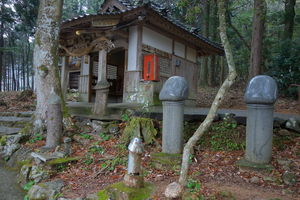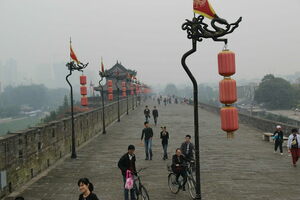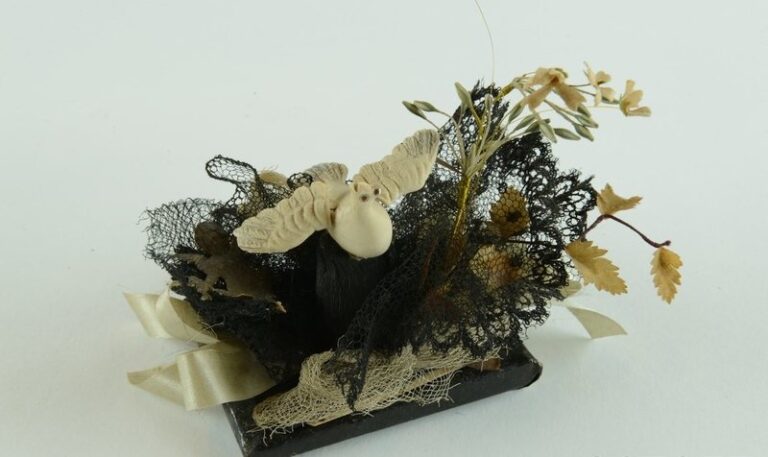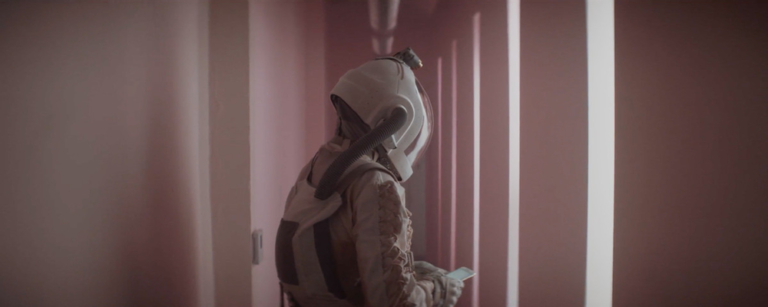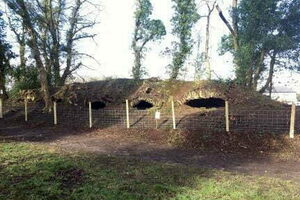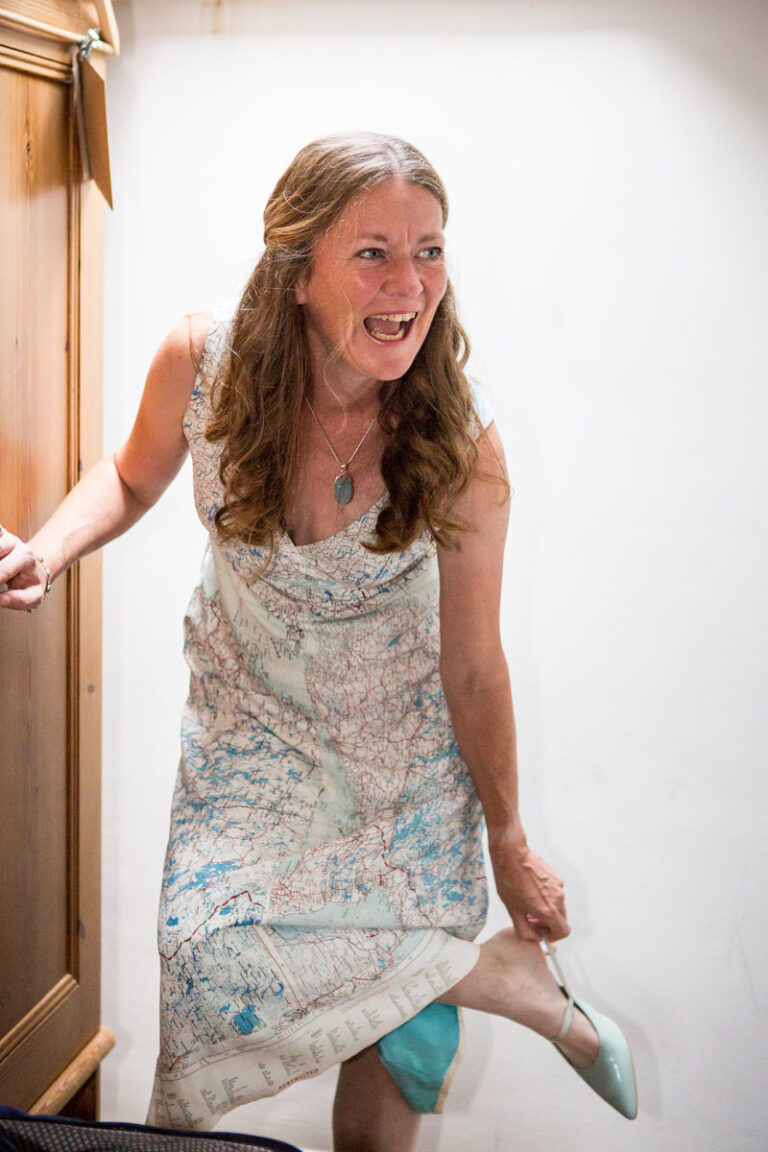Epiphyte Tree in Mansfield, Connecticut

An epiphyte is any plant that lives on another plant rather than in the soil. A wide variety of unrelated flora has adapted to an epiphytic lifestyle, including ferns, cacti, and orchids. Epiphytes are common in warmer parts of the world, such as Florida and Central America, but they are relatively rare in cooler climates. However, horticulturalists at the University of Connecticut have created an artificial “epiphyte tree” in their greenhouses so that people can study these unique plants in a northern climate.
The tree, made of wire and cork bark over a solid base, supports a luxuriant ecosystem of mosses, ferns, anthuriums, orchids, Tillandsia “air plants,” and carnivorous pitcher plants. It is housed in a dedicated room within the greenhouses of the University’s Ecology and Evolutionary Biology Department. The three EEB conservatory buildings contain some of the most diverse floral assemblages in the United States.
The greenhouse opened in 1960. Its collection of more than 2,500 plants is one of the most diverse in the Northeast. Besides the epiphyte room, the greenhouse also have areas devoted to tropical plants from the New World, Africa, and Asia, as well as plants from desert, temperate and Mediterranean-like climates. The botanical collection’s primary purpose is research and education.
